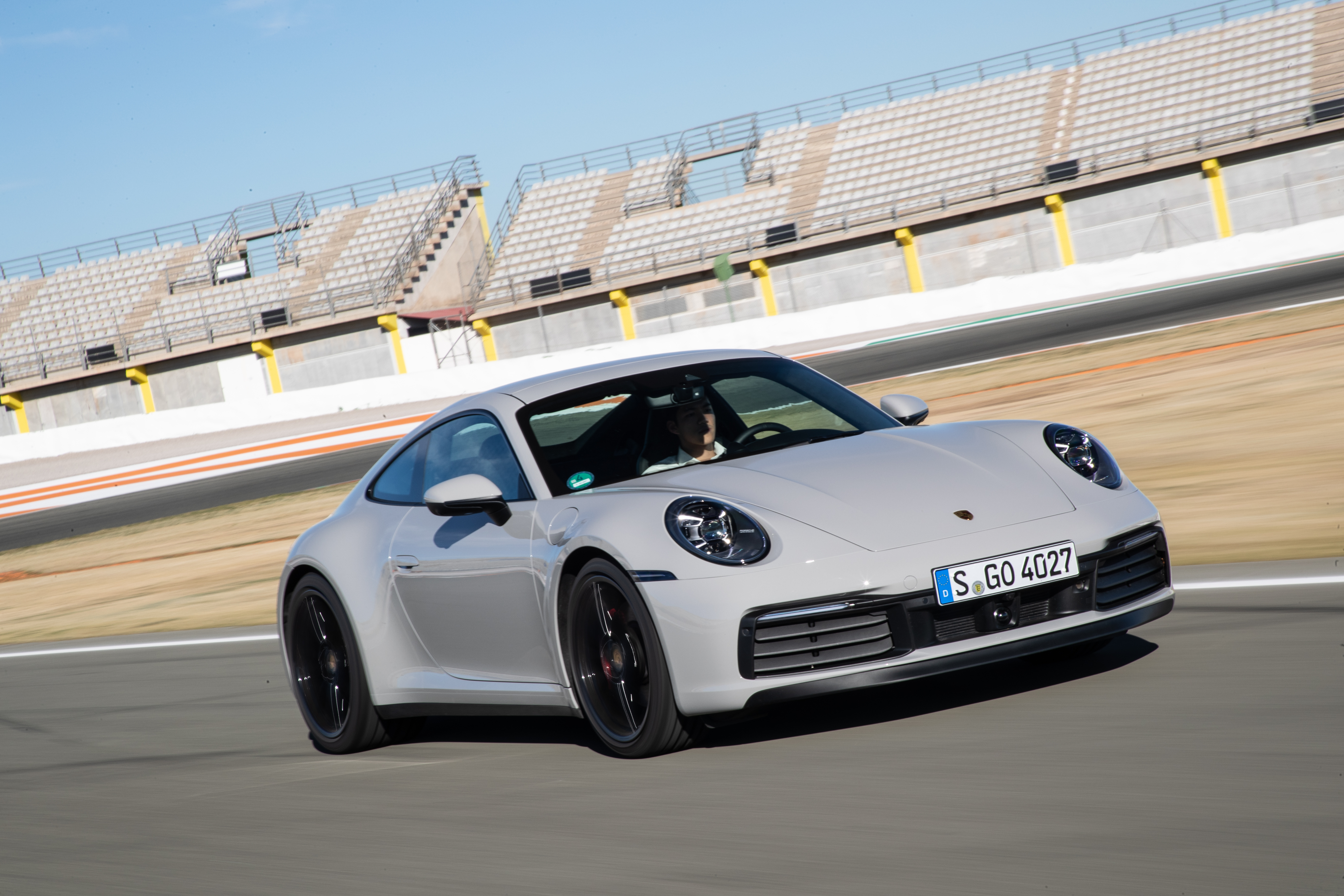Engine placement doesn’t factor in a great number of car buying decisions these days – because the default position for a car is to be front-engined. If you’re looking towards more performance-oriented machines though, engine placement makes a huge difference – totally impacting how a car looks, drives and handles.
Here, we’ve rounded up the three possible engine layouts – front, mid and rear – with the advantages and disadvantages.
Front-engined
As mentioned, the vast majority of cars on the road today are front-engined. Of course, there are plenty of reasons for this. For a start, most cars, especially smaller ones, are front-wheel drive, so packaging the entire drivetrain up front makes a big difference to the amount of passenger space on offer.
Front-engined cars come in two flavours – front-front, and front-mid. This simply refers to the engine position in relation to the front axle, with front-mid cars having the majority of the engine block positioned behind the front wheels for improved weight distribution.
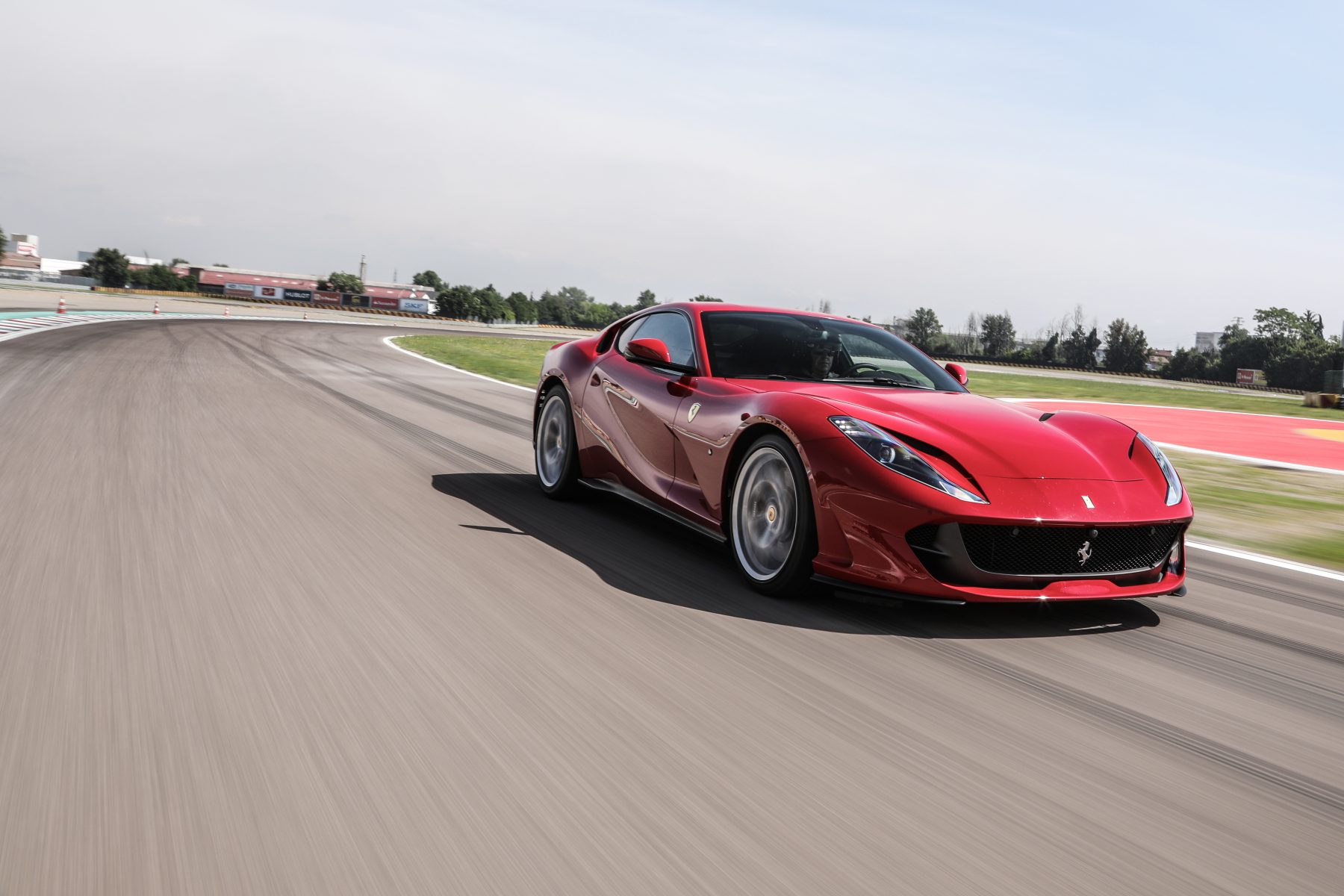
Having the weight over the driven wheels also improves traction, for front-wheel drive cars at least. Of course, many rear-wheel drive cars are front-engined too, and in this application the layout’s greatest strength is in its even weight distribution.
Front-engined, front-wheel drive cars can be prone to understeer under acceleration – this is due to the car’s weight moving towards the rear and off the driven wheels. Rear-wheel drive cars suffer less with this, but can be difficult to manage in slippery conditions.

In terms of driver appeal, front-engined cars still have a lot going for them. Virtually every hot hatchback on the market is front-engined and front-wheel drive, for example – making them cheap, predictable to drive and easy to handle for less experienced motorists. Front-engined, rear-wheel drive cars, meanwhile, are often considered the ‘ideal’ layout for a sports car – you’ll find this layout on everything from the bargain Mazda MX-5 to the hugely expensive and accomplished Ferrari 812 Superfast.
Mid-engined
Most vehicles considered ‘supercars’ are mid-engined – a layout that positions the engine ahead of the rear axle but behind the passengers. Right where you’d expect the back seat to be, in fact, which is why so few mid-engined cars offer more than two seats.
However, there’s more to life than packaging, right? The advantages of mid-engined cars lie in their handling – placing the car’s heaviest component, the engine, in the middle ensures perfect 50/50 weight distribution.
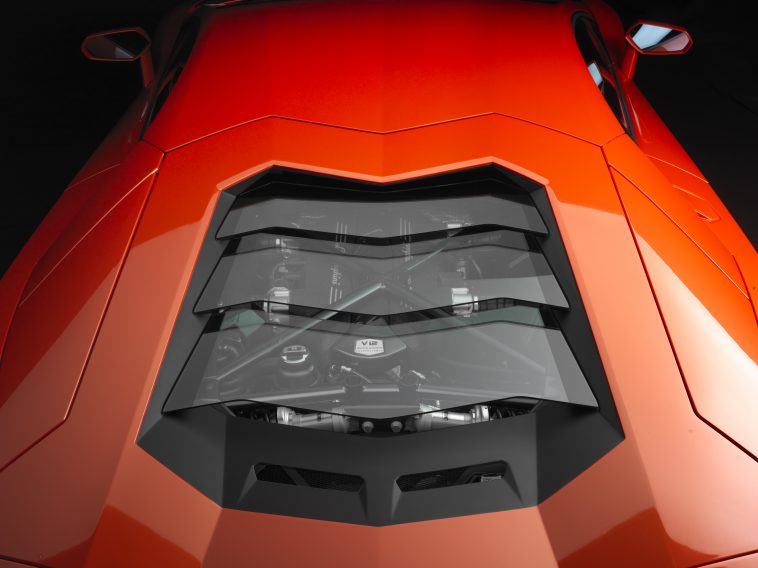
Having the weight in the centre also improves stability, making mid-engined vehicles seriously nimble while still having plenty of traction under acceleration.
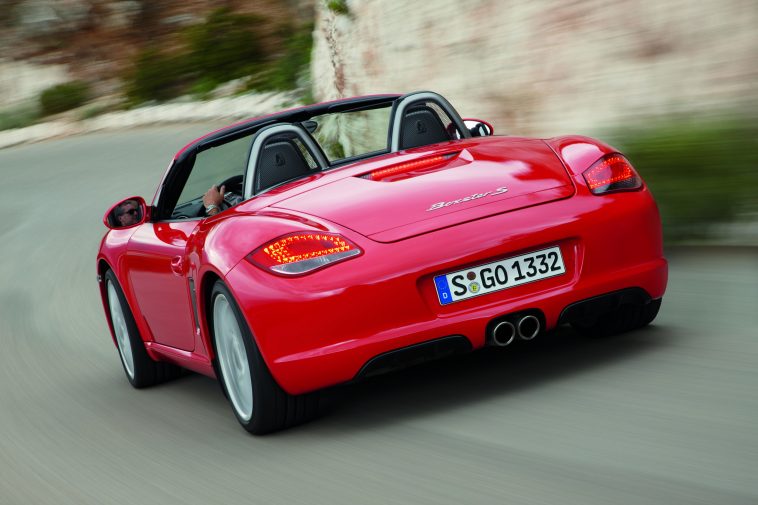
Disadvantages? Well, besides the packaging issue, mid-engined vehicles can also be more difficult to control if they do begin to spin out. That’s again due to the weight distribution – the centre of gravity being in the centre makes it more difficult to stop its momentum.
Rear-engined
It’s rather sad that there are only three rear-engined vehicles on sale in Europe today – the Porsche 911 and its variants, the Renault Twingo and the Smart.
That never used to be the case – in the middle of the last century, rear-engined economy cars were ten a penny, at least before the Mini popularised the front-engined, front-wheel drive layout.
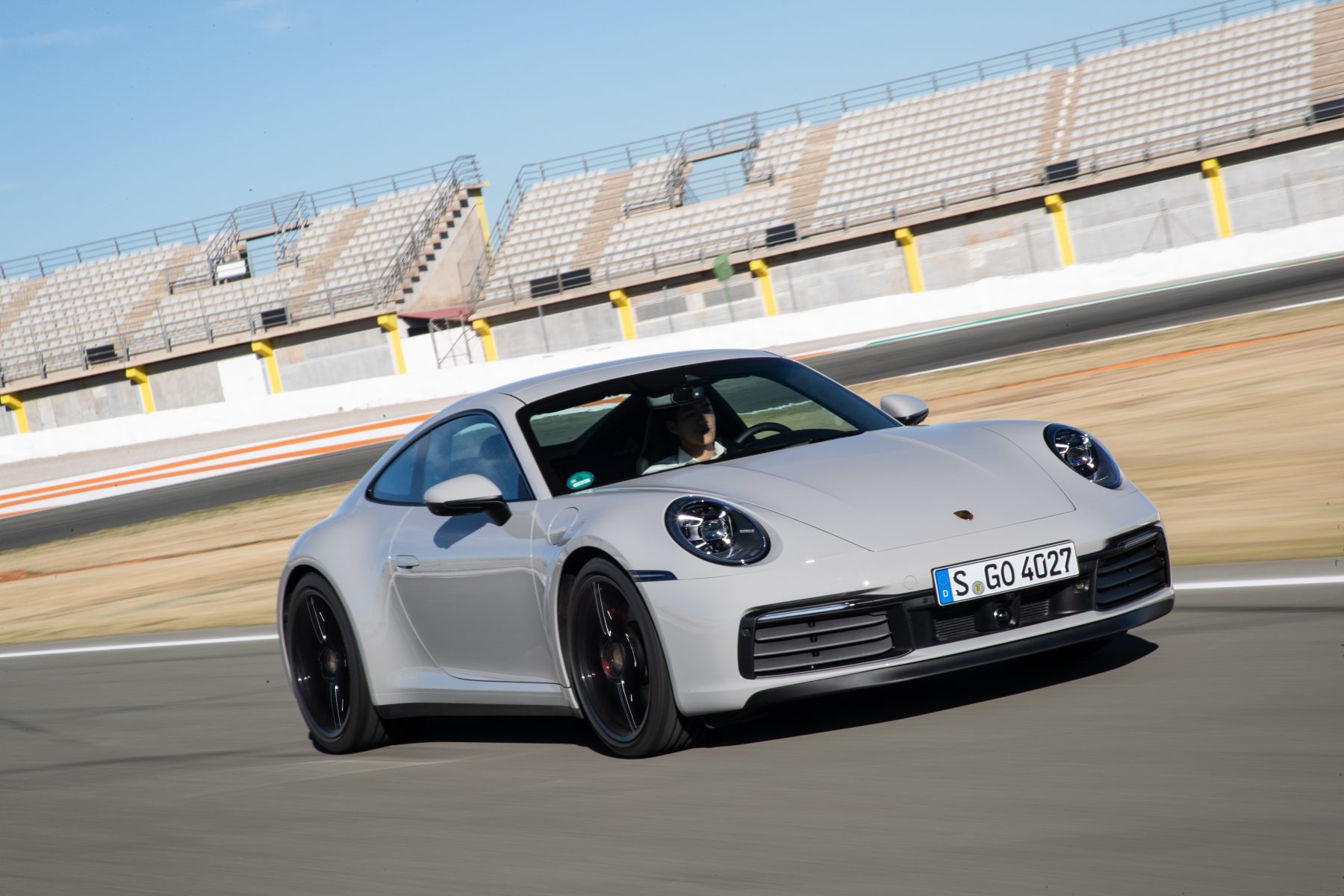
In performance applications, it’s only Porsche that’s persisted with the rear-engined layout, but the German brand’s pretty much perfected how to make a rear-engined car drive and handle well.
Rear-engined vehicles offer brilliant traction, as the weight is always over the driven wheels, and as there’s so little interference with the front wheels the handling can be pin-sharp and accurate. Braking can also be improved, as the weight over the rear axle counteracts the car’s tendency to dip forward under braking and allows the rear brakes to provide a greater portion of the stopping power.
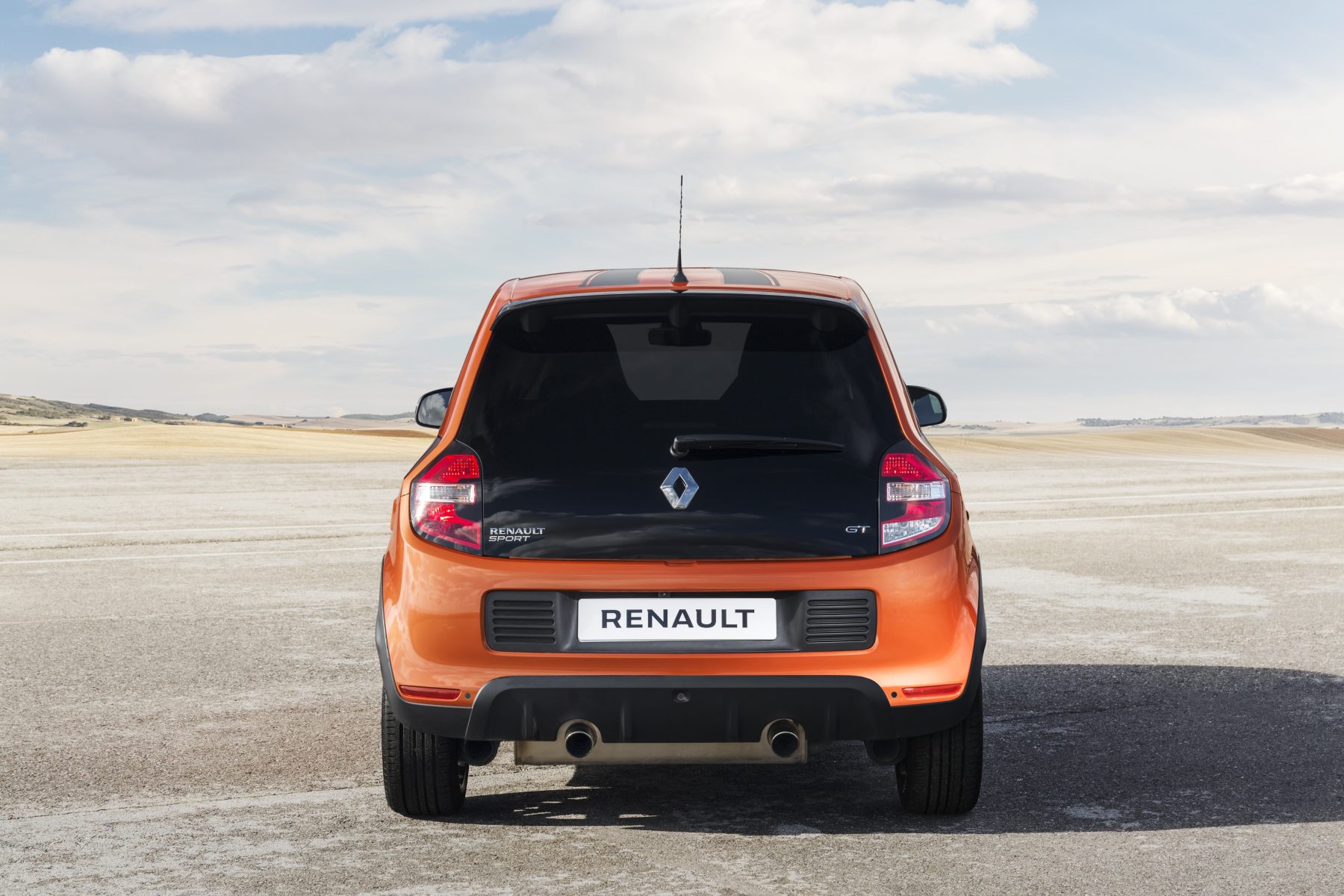
Having the engine slung out behind the rear axle means passenger space can be improved – the 911 still offers four seats.
However, balancing a rear-engined car is a tricky job – there’s a reason some older models were nicknamed the ‘Widowmaker’. They’re prone to ‘snap’ oversteer – where the weight slung out at the rear tries to swing forwards, causing a dangerous spin. This makes them perhaps the most difficult of the three main engine layouts to drive quickly.

